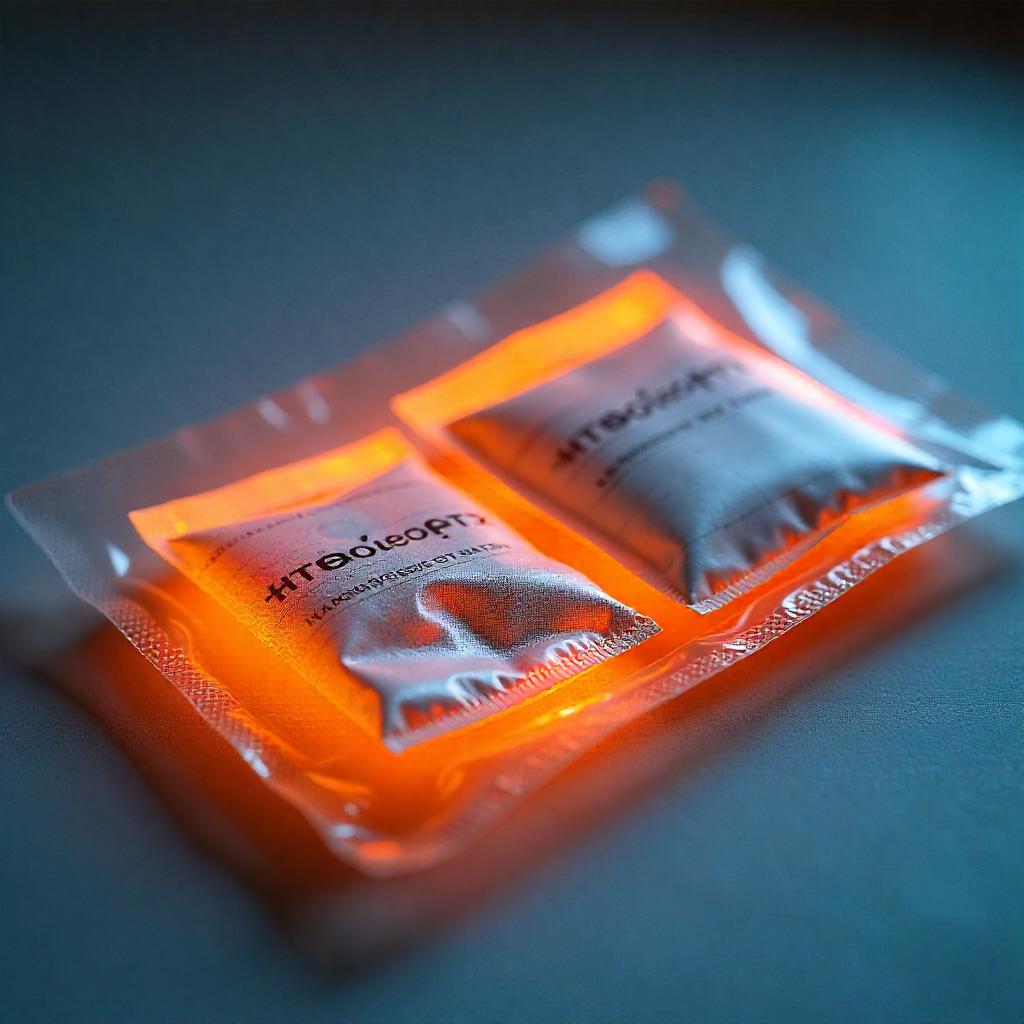Have you ever opened a bag of chips, only to find them soft instead of crunchy? Or seen a foggy phone screen after storing it in a damp place? That’s because moisture can ruin things over time. Luckily, smart products like hygropack are here to help keep things dry and protected.
In this article, we’ll explore everything you need to know about hygropack, how it works, where it’s used, and why it’s a small but powerful tool in industries like food, tech, health, and more. Written in simple English, this guide is perfect for anyone curious about how things stay safe from humidity damage.
What is hygropack?
hygropack is a moisture-absorbing product, often used inside packages to control humidity. It helps protect items like snacks, electronics, clothes, and medicine by keeping the air dry. Moisture can lead to mold, rust, bad smells, or product damage—so using hygropack means safer storage and longer-lasting items.
You’ve probably seen small packets labeled “Do Not Eat” inside new shoes, medicine bottles, or food packs. That’s a form of hygropack.
How does hygropack work?
Inside each hygropack is a substance that pulls water vapor from the air. This is usually a material like silica gel, clay, or calcium chloride. When placed in a sealed space, it slowly absorbs any extra moisture.
Here’s how it happens:
-
Moisture floats in the air around the product.
-
The hygropack starts pulling in that moisture.
-
Water molecules stick to the surface inside the hygropack.
-
The surrounding area stays dry.
This simple process helps keep packaged goods safe from damage.
Why is controlling moisture so important?
Moisture can be a big problem. It can:
-
Make food go stale
-
Cause electronics to rust or stop working
-
Let mold grow on clothes or books
-
Damage medicine or make it unsafe
Keeping items dry is important for safety, quality, and customer satisfaction. That’s why companies love hygropack.
Types of hygropack materials
There are different kinds of hygropack, depending on what’s being protected. Here are some common materials:
| Material | Use Case | Benefit |
|---|---|---|
| Silica Gel | Electronics, food | Reusable, strong moisture absorption |
| Activated Clay | Medicines | Natural and safe |
| Calcium Chloride | Shipping containers | Works well in very wet air |
| Molecular Sieves | Lab tools | Removes even tiny bits of water |
Each one has its purpose, and choosing the right one keeps items extra safe.
Where is hygropack used?
hygropack can be found in many industries:
-
Food Packaging: Snacks, dry fruits, coffee beans
-
Pharmaceuticals: Tablets, powders, injections
-
Electronics: Cameras, phones, wires, batteries
-
Clothing and Textiles: Leather goods, shoes, jackets
-
Industrial Equipment: Machine parts, tools, motors
Wherever products need to stay dry and clean, hygropack is doing its job in the background.
Benefits of using hygropack
Using hygropack offers lots of great benefits:
-
Extends product shelf life
-
Prevents expensive damage or returns
-
Reduces mold, rust, and spoilage
-
Protects sensitive items during shipping
-
Keeps customers happy with fresh, safe products
Although it’s small, this simple packet makes a huge difference.
How to use hygropack properly
To make sure it works well, follow these simple steps:
-
Place it inside a sealed container or package.
-
Avoid tearing or opening the packet.
-
Use the right size for the package volume.
-
Don’t mix with liquid products (unless it’s designed for that).
-
Replace after long periods or when the indicator changes color (for color-indicating versions).
It’s that easy—no special skills needed.
Is hygropack safe to use around people?
Yes, most hygropack types are non-toxic and safe. However, they are not food and should never be eaten. That’s why you see “Do Not Eat” on many of the packets.
If used correctly:
-
They don’t touch the food directly
-
They don’t release harmful gases
-
They’re sealed in a way that keeps everything safe
Even in medicine bottles, they’re FDA-approved and lab-tested for safety.
Smart packaging with hygropack
Modern packaging uses hygropack along with vacuum seals, airtight bags, and temperature control to protect goods. This is called smart packaging, and it’s a growing trend in:
-
Online shopping
-
International shipping
-
Climate-controlled storage
Using all these tools together gives maximum safety.
Can hygropack be reused?
Some types of hygropack, like silica gel, can be reused. After it absorbs moisture, you can:
-
Heat it in the oven (check safety instructions)
-
Dry it out and return it to packaging
-
Store it in a dry place to reset its function
Other types, like calcium chloride, are single-use. Always read labels before reusing.
Environmental concerns and solutions
Since many hygropacks are thrown away, some people worry about waste. But there’s good news:
-
Many companies now make eco-friendly hygropacks
-
Reusable versions reduce trash
-
Biodegradable packets are available
These steps are helping reduce plastic waste and pollution.
The future of hygropack technology
As technology grows, so does hygropack. New features include:
-
Color-changing indicators (to show when full)
-
Smart tags that connect to apps
-
Materials that absorb more water in less space
-
Recyclable and compostable designs
Soon, packaging will be even smarter and safer, thanks to innovations in moisture control.
Who makes hygropack?
Many companies manufacture and sell hygropack worldwide. These include:
-
Global packaging suppliers
-
Specialty chemical companies
-
Logistics and shipping solution firms
-
Brands in food, pharma, and electronics
Each industry uses specific sizes and types based on their product needs.
Using hygropack in school and science projects
Students can explore hygropack in fun ways like:
-
Testing moisture in sealed jars with and without packets
-
Comparing how fast foods go stale
-
Measuring weight before and after moisture absorption
It’s a cool way to learn about chemistry, air, and real-world technology.
Tips to remember when buying hygropack
-
Choose the right size (based on package volume)
-
Match the packet material with your product type
-
Look for indicator beads if you want visual alerts
-
Check for eco-friendly labels if you care about the planet
-
Store unused packets in a dry, sealed place
A small mistake can make the pack less effective, so smart choices matter.
When should you replace your hygropack?
Here’s how to know when it’s time:
-
If the color indicator changes (usually from blue to pink, or orange to green)
-
If the packet feels heavy or damp
-
If it’s been exposed to open air for too long
-
After 2–6 months depending on storage
Replacing regularly ensures products stay safe and dry.
Common questions about hygropack
Can hygropack touch the food directly?
No. It should always stay outside or in a protective pouch.
Can I put hygropack in my camera bag?
Yes! It’s great for electronics and photography gear.
What happens if someone eats it?
It’s usually not poisonous, but they should see a doctor right away.
Can I use it in my gym bag or shoes?
Definitely. It helps reduce moisture and bad smells.
Does it work in humid climates?
Yes. It’s even more useful in places with high humidity levels.
Conclusion
From snacks and shoes to phones and pills, hygropack plays a big role in our lives—even if we don’t always notice it. This tiny tool helps protect products from damage, keeps things dry and fresh, and saves money by avoiding spoilage or returns.
Whether you’re a student, a shopper, a traveler, or a business owner, knowing how it works can help you make smarter choices and keep your things in top shape. It’s one of those simple ideas that makes a big impact.
FAQs
Is hygropack only for big companies?
No, anyone can buy and use it—even for small storage at home.
Can I put it in my closet or drawers?
Yes! It helps protect clothes and documents from moisture.
What happens when it gets full?
It stops working and should be replaced or dried (if reusable).
Does it smell or release gas?
Nope. It’s odorless and sealed tight.
Can I travel with it?
Yes, it’s great for suitcases, especially with electronics or dry foods.
Are there apps that connect with smart it?
Yes, some modern versions include sensors that link with mobile apps.







Leave a Reply